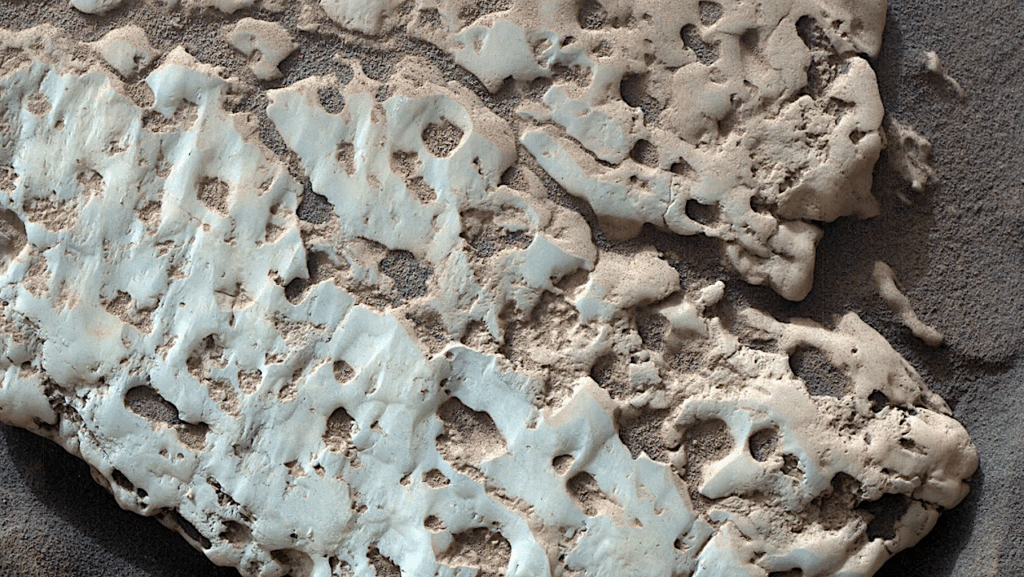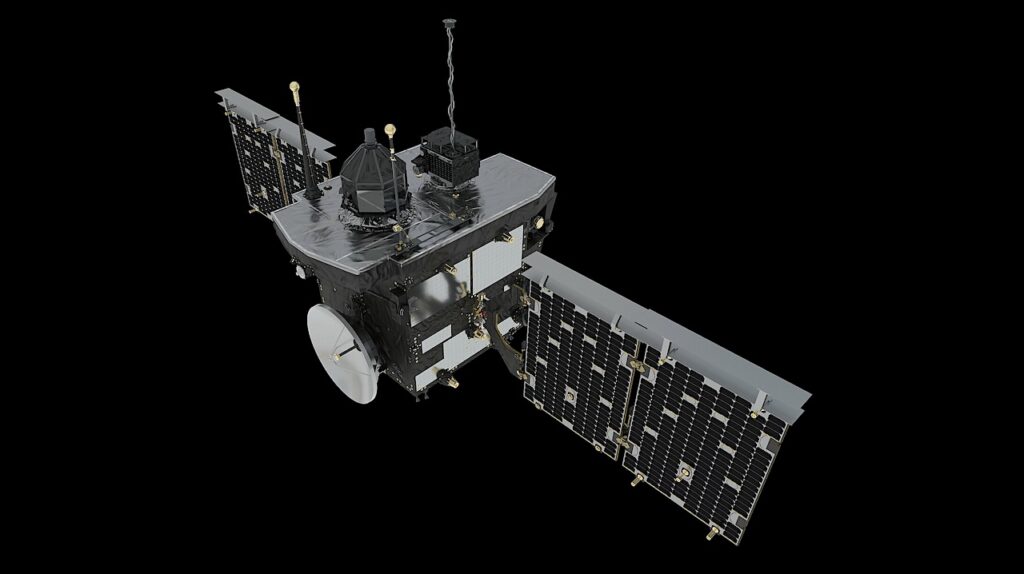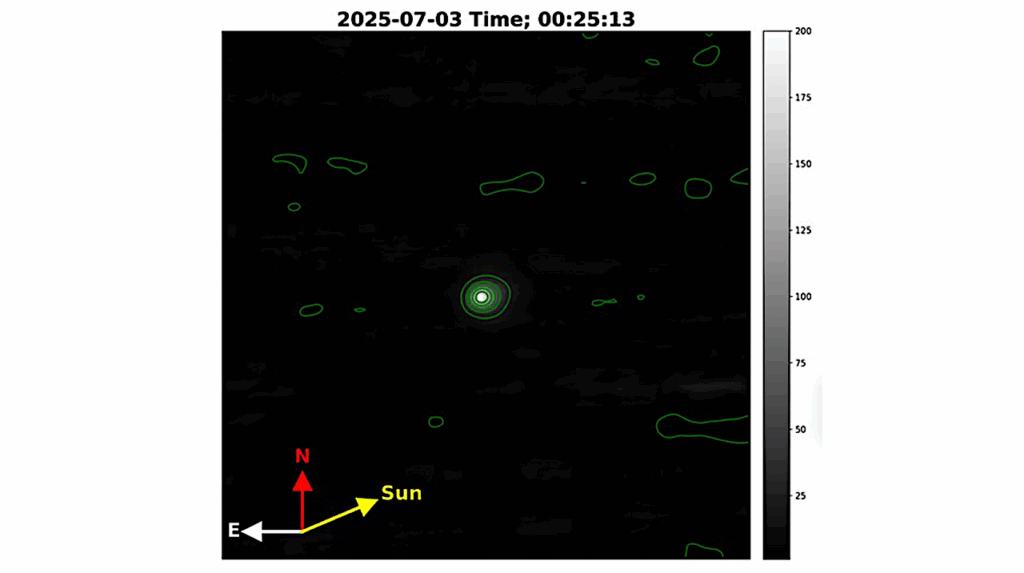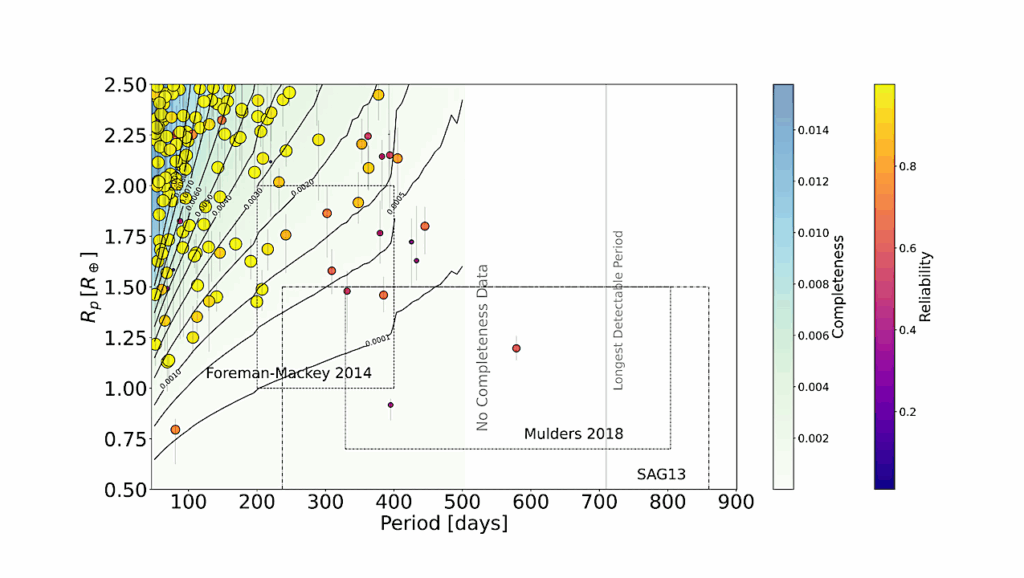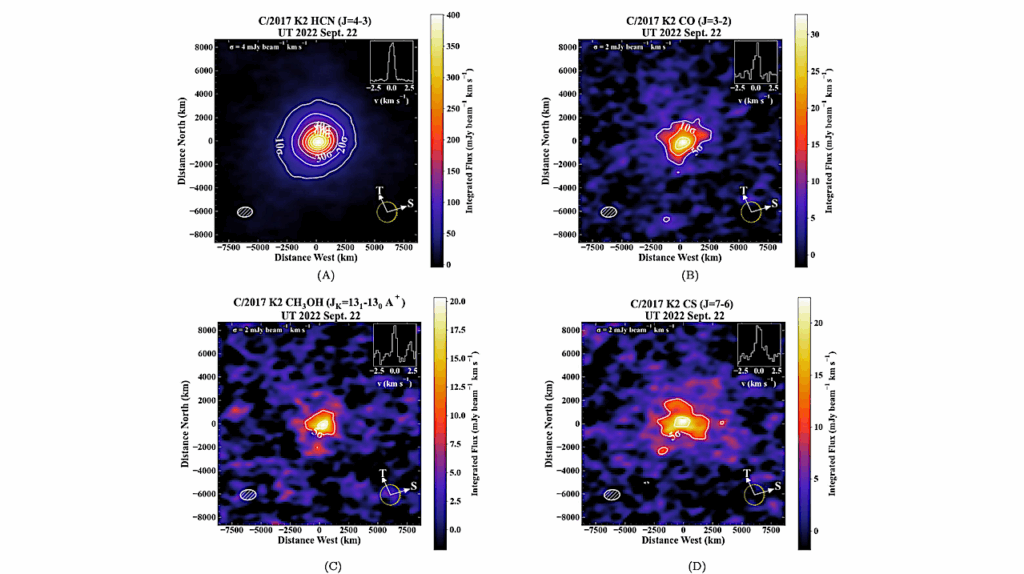Hemispheric Tectonics on Super-Earth LHS 3844b

The tectonic regime of rocky planets fundamentally influences their long-term evolution and cycling of volatiles between interior and atmosphere. Earth is the only known planet with active plate tectonics, but observations of exoplanets may deliver insights into the diversity of tectonic regimes beyond the solar system.
Observations of the thermal phase curve of super-Earth LHS 3844b reveal a solid surface and lack of a substantial atmosphere, with a temperature contrast between the substellar and antistellar point of around 1000 K. Here, we use these constraints on the planet’s surface to constrain the interior dynamics and tectonic regimes of LHS 3844b using numerical models of interior flow. We investigate the style of interior convection by assessing how upwellings and downwellings are organized and how tectonic regimes manifest.
We discover three viable convective regimes with a mobile surface: (1) spatially uniform distribution of upwellings and downwellings, (2) prominent downwelling on the dayside and upwellings on the nightside, and (3) prominent downwelling on the nightside and upwellings on the dayside. Hemispheric tectonics is observed for regimes (2) and (3) as a direct consequence of the day-to-night temperature contrast. Such a tectonic mode is absent in the present-day solar system and has never been inferred from astrophysical observations of exoplanets.
Our models offer distinct predictions for volcanism and outgassing linked to the tectonic regime, which may explain secondary features in phase curves and allow future observations to constrain the diversity of super-Earth interiors.
Tobias G. Meier, Dan J. Bower, Tim Lichtenberg, Paul J. Tackley, Brice-Olivier Demory
Comments: Accepted for publication in The Astrophysical Journal Letters; 9 pages, 5 figures; summary available at this http URL
Subjects: Earth and Planetary Astrophysics (astro-ph.EP); Geophysics (physics.geo-ph)
Journal reference: ApJL 908 L48 (2021)
DOI: 10.3847/2041-8213/abe400
Cite as: arXiv:2103.02374 [astro-ph.EP] (or arXiv:2103.02374v1 [astro-ph.EP] for this version)
Submission history
From: Tobias Gabriel Meier
[v1] Wed, 3 Mar 2021 12:53:44 UTC (12,761 KB)
https://arxiv.org/abs/2103.02374
Astrobiology


